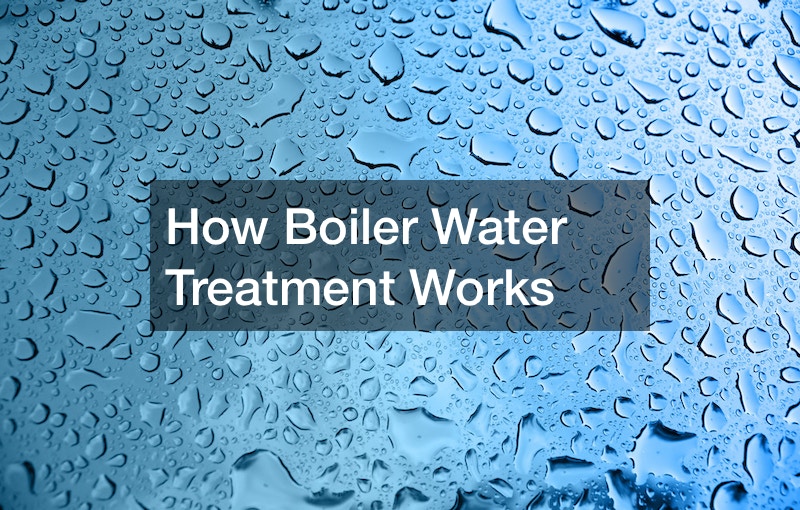
Boilers are used to generate steam to power various applications such as turbines and distillation systems. The water that goes into the boiler must be treated to remove dissolved and suspended solids, to avoid any potential issues. The attached video shows an overview of how boiler water treatment operates.
A boiler consists of several parts, including a drum of water, a water inlet, a steam outlet, and a heat source. The water that goes into the feed goes through several important processes.
Clarification is conducted using gravitational sedimentation. Filtration filters out foreign materials. Demineralization removes minerals and ions that can cause corrosion. Deaeration removes air and oxygen. Additional types of internal treatment are also done to remove impurities before the boiler converts the water into steam for further use.
Potential problems that can occur due to improper treatment include corrosion, foaming, and deposition. These problems can be solved by demineralization, filtration, condensate polishing, and various other methods.
Boiler water treatment is critical to ensuring that a steam boiler operates properly. If impurities enter the boiler water, it can lead to reduced efficiency, costly repairs, and possibly permanent damage.
.






